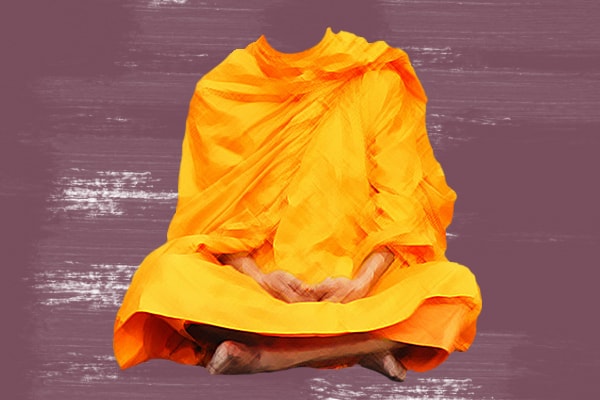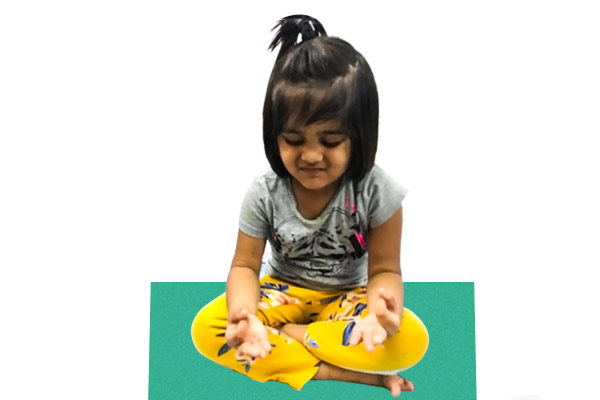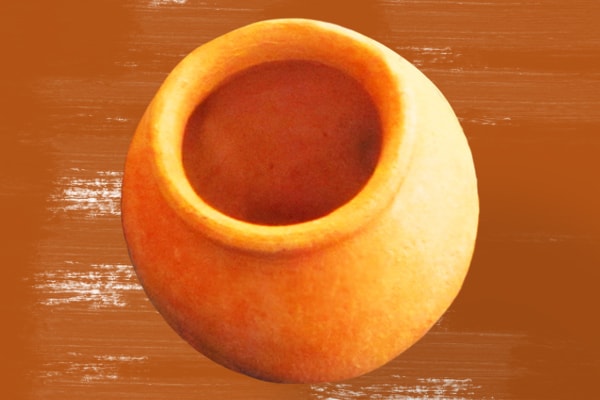Observation
The fundamental aim of the meditation is to become the Drashta . It’s a sanskrit word meaning Seer, witness of everything. Meditative practices aim at an individual getting absorbed in the moment by witnessing things very closely and not getting impacted by the happenings or events. Observation is key to any meditative practice though the object of observation may vary. It could be your thoughts or your breathing pattern or flow of energy through the chakras. In any meditative practice, we move away from being the ‘actor’ to being the witness or spectator. We not only observe the moment and what’s happening in the world at that moment but also one’s own self and our emotions. The moment we observe our thoughts, emotions and physical processes ( i.e. breathing process) we realise that we are NEITHER our mind ( that generates thoughts and emotions) NOR our bodies. Observation brings us to our true reality.











